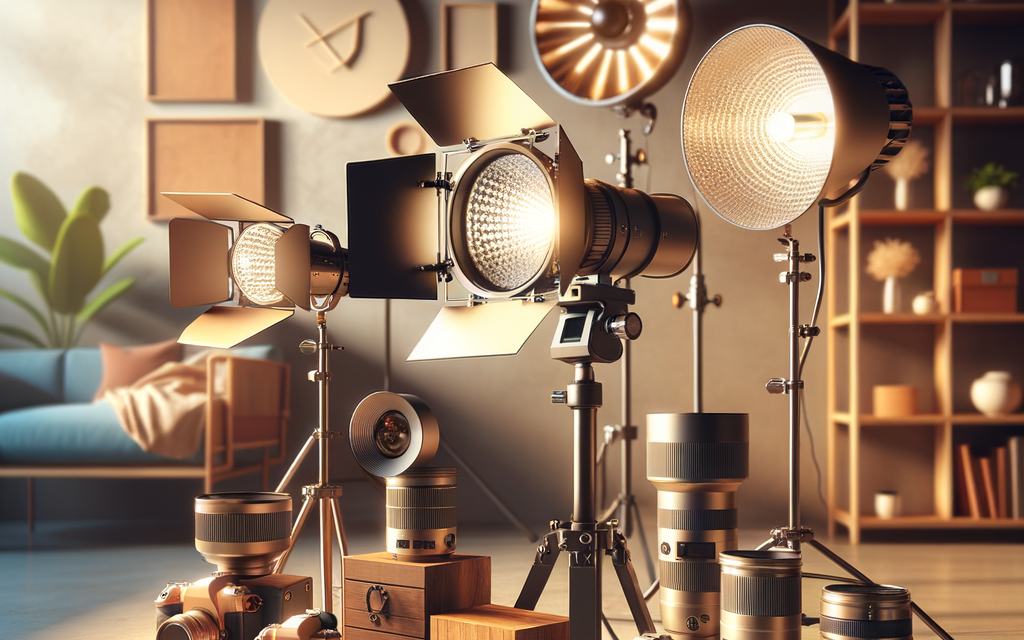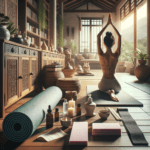Introduction
Lighting plays a pivotal role in creating a conducive work environment, influencing mood, energy levels, and overall productivity. For women striving to excel in professional settings, understanding how to leverage top-quality lighting equipment can be a game-changer. Not only does it affect the quality of video conferences and presentations, but it also impacts daily comfort and eye health. With the right lighting solutions, you can transform your workspace into a vibrant and efficient area, no matter the season.
Step 1: Assess Your Lighting Needs
Before investing in lighting equipment, evaluate the natural light available in your workspace and identify areas that need improvement. Consider the tasks you perform and the ambiance you wish to create. For instance, a graphic designer might require different lighting compared to someone who frequently hosts video calls.
Step 2: Choose the Right Types of Lighting
There are three main types of lighting to consider:
- Ambient Lighting: This is the general illumination of your space. Overhead ceiling fixtures or floor lamps can provide a uniform light level, reducing shadows and eye strain.
- Task Lighting: These are focused light sources like desk lamps or under-cabinet lights that help you perform specific tasks without causing glare or harsh shadows.
- Accent Lighting: Used to highlight specific areas or decor, accent lights can also add a touch of personality to your workspace.
Consider LED options for energy efficiency and longevity. Adjustable and dimmable features offer flexibility to adapt to different times of the day and tasks at hand.
Step 3: Position Your Lights Strategically
Place your lighting sources strategically to maximize their effectiveness. Task lights should be positioned to the side of your work area to avoid reflections and glare on screens. Ambient lights should be evenly distributed to avoid creating dark spots.
Step 4: Pay Attention to Color Temperature
Color temperature is measured in Kelvin (K) and influences the feel of the light. A warmer color temperature (2700K – 3000K) creates a cozy atmosphere, while a cooler temperature (3500K – 5000K) is energizing and better for concentration. Adjustable color temperature can be beneficial for adapting to different tasks throughout the day.
Step 5: Invest in Quality Brands
Choose reputable brands that are known for their durability and performance. Research and read reviews to ensure that you’re getting the best value for your investment. Quality lighting equipment may come with a higher upfront cost but can save money in the long run due to lower maintenance and replacement needs.
Step 6: Consider Smart Lighting Solutions
Smart lighting systems allow you to control your lights remotely, set schedules, and even adjust lighting based on the time of day or the natural light in the room. This can be particularly helpful to maintain consistent lighting levels, regardless of the season or time.
Common Mistakes to Avoid
- Ignoring the importance of natural light and its impact on well-being.
- Choosing lighting that is too dim or too bright, which can cause eye strain.
- Overlooking the adjustability of fixtures for different tasks and times of day.
- Not considering the color rendering index (CRI), which affects how colors appear under artificial lighting.
Final Thoughts
Enhancing your professional space with top-quality lighting equipment is a smart investment in your productivity and health. By following these steps, you can create an environment that not only boosts your efficiency but also supports your well-being. Remember, the right lighting can make all the difference in how you feel and perform throughout your workday. Empower yourself with a well-lit space that reflects your professionalism and dedication to your career.
For a wide selection of lighting options that can enhance your workspace, visit the professional lighting section on Amazon.co.uk.










